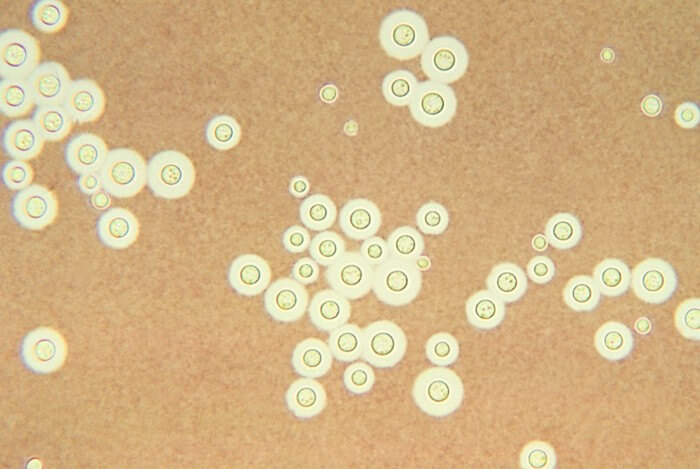Keeping plant pathogens at bay is a never-ending challenge for farmers and food processors. In particular, postharvest pathogens can significantly impact the quality and safety of the final product. Enter aluminum chloride and sodium metabisulfite, two salts that have been shown to be highly effective at controlling postharvest pathogens on potato tubers. In this blog, we'll explore how these salts work and their direct effects on plant pathogens.

To understand how aluminum chloride and sodium metabisulfite work, we need to take a closer look at the science behind their mechanisms of action. One key factor is the role of lipid composition and lipid peroxidation in the sensitivity of fungal plant pathogens to these salts. Essentially, these salts cause a loss of cell membrane integrity in exposed pathogens, leading to their demise.
It's worth noting that both aluminum chloride and sodium metabisulfite have been shown to be effective at low doses, making them an environmentally friendly and cost-effective treatment option. Additionally, their direct effects on the cell membrane make them a reliable choice for postharvest pathogen control, as they leave no room for pathogens to develop resistance.
Of course, effective treatment requires proper application. In the case of aluminum chloride and sodium metabisulfite, it's important to ensure that they are used at the correct concentration and applied in a timely manner. This will not only maximize their effectiveness but also minimize any potential negative impacts on the environment.
In conclusion, the use of aluminum chloride and sodium metabisulfite has proven to be a highly effective means of controlling postharvest pathogens on potato tubers. Their direct effects on cell membrane integrity and the sensitivity of fungal plant pathogens to changes in lipid composition and lipid peroxidation make them an ideal treatment option. Farmers and food processors can rest assured when using these salts that they are not only effective but also environmentally friendly and cost-effective.